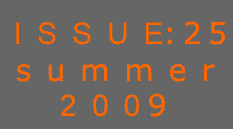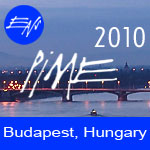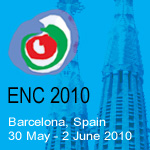
2009 EAES Combined Meeting, in Slovakia
The European Atomic Energy Society (EAES) is a kind of club that groups together the CEOs of various European research organisations active in the field of nuclear energy. Far from the limelight and the media glare, the main aim of EAES is to create and develop professional and personal links between the chairpersons of European research and development organisations that their governments consider to be of major importance for nuclear energy in their respective countries. So, the Society facilitates the exchange of views on policy options relevant to research in the field of civil nuclear energy and co-operation.
At the founding of the EAES, in 1954, eight nations were represented: Belgium, France, Italy, The Netherlands, Norway, Sweden, Switzerland and UK. Five additional countries became members of the Society during the fifties: Denmark, Portugal, Germany, Spain and Austria. This membership level of 13 countries remained constant until the early eighties, when Finland and Greece joined. During the nineties, membership increased with the arrival of the Czech Republic, Slovakia, Hungary, Romania, Bulgaria, Poland, Slovenia and Lithuania. Consequently, all European countries involved in nuclear energy development are now represented in the EAES.
The Society is governed by a Council consisting of one delegate from each member organisation. A Working Group, under the leadership of the Executive Vice President, assists the Council and takes care of the activities of the Society between Council meetings. Two subgroups (SGs) work on specific issues:
-
The Research Reactor Operation SG, which was established in 1988 and is still active today, exchanges information on operational experience. It focuses on safety related issues, education and training, as well as on emerging developments in equipment and experimental work.
-
The Radioactive Waste Management SG, which was created in the late 90s, aims to encourage the exchanging of information on developments in the methods and means used to implement waste management programmes in the member countries.
Each year, the Council meeting represents the major event on the calendar, both for the Council itself and for the Working Group. Following last year’s combined meeting in Palermo, Italy, Slovakia hosted the 2009 combined meeting, which took place in Smolenice Castle from 1–3 June, 2009. |
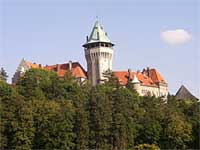 |
Information exchange and discussions on research policy issues were the major items on the meeting agenda. Two-day working sessions included presentations from major nuclear shareholders in the Slovak nuclear power sector - Slovenske elektrarne - Enel, VUJE, Inc. and Javys, Inc. They were followed by presentations from top-level guest speakers that focused on the most important related issues driving the European energy scene. Chairman of Board and CEO of Slovenske Elektrarne - Enel, Paolo Ruzzini, confirmed that agreements with contractors in the project for the completion of Mochovce Units 3 and 4 would be signed on July 11, 2009. Representatives of EAES member states then presented their respective national reports.
Among the guest speakers was Marc Deffrennes (EC Section Head, DG-TREN), Francois Nguyen (IEA Senior Policy Advisor - Electricity Markets), Andrej Stritar (HLG Chairman & Director of URSJV), Bernard Castanet (Areva, Vice-President New Projects Development) and Yves Kaluzny (CEA/DEN Senior Vice President). Views and attitudes that may affect the direction of research in EAES member states and, hopefully, influence some political decision-makers were outlined and developed during the constructive discussions that followed.
At this year’s Council meeting the Director of the Nuclear Safety Division at VUJE, Inc., Peter Liska, was elected President of EAES, taking over from his predecessor, Professor Mauricio Cumo of Italia Sogin, S.p.a.
The meeting agenda was combined with a number of interesting social activities for the participants and their spouses, including a dinner and wine tasting session. The last day of the event was devoted to a technical visit of the recently closed units of V-1 Nuclear Power Plant at Bohunice, Western Slovakia. The visit was impressive and for many of participants it appeared barely comprehensible that such a plant had to be closed in such an untimely way. 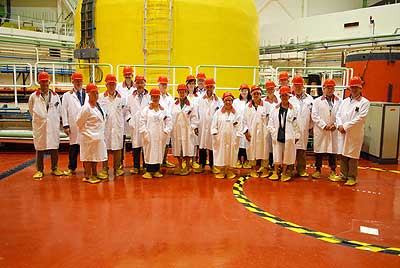
The EAES meeting was organised by Slovak company VUJE, Inc. an engineering and technical support organisation for Slovak NPPs, with the support of Slovenske Elektrarne - Enel and company Javys, Inc., companies that are all active in the nuclear decommissioning field.
Participants greatly appreciated the quality of the organisation of this year’s combined EAES meeting.
Juraj Klepac
Secretary General of the Slovak Nuclear Society |

